Overview
Map
Other Details
كنيسة مار سركيس وباخوس - كفتون
950
Kaftoun
Koura
North
كنيسةٌ صغيرةٌ مبنيّةٌ على ضفاف مجرى نهر الجوز، تابعةّ لدير كفتون. بُنيت في القرن العاشر وبقيت مُهمَلةً لقرون، مُهدَّدةً بالانهيار. بدأت عمليّة الترميم سنة ٢٠٠٤ واكتُشفت خلالها جداريّات فريدة من القرن الثاني عشر، وهي الشفاعة والبشارة والرسل وأربعة فرسان قدّيسين: سركيس وباخوس جرجس وتاودوروس. الفريد في الكنيسة الكتابة على الجداريّات باللغات: السريانيّة واليونانيّة والعربيّة للمرّة الأولى في كنيسة مسيحيّة من القرون الوسطى.A small church on the riverbank. It is a dependency of Kaftoun’s monastery. The church was built in the Xth century, yet it was in ruins for a long time. Restorations started in 2004 and uncovered unique byzantine frescoes: The Deisis, the Annunciation, the Apostles, and the Four Knights: Sts George, Sergius, Bacchus, Theodore. The fact that makes the frescoes unique is the trilingual writing on them: Syriac, Greek and for the first time in a medieval church Arabic.
Visited 1451 times, 1 Visit today


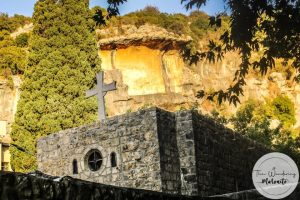
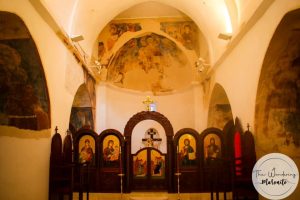
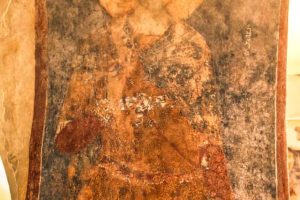



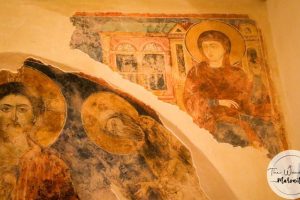
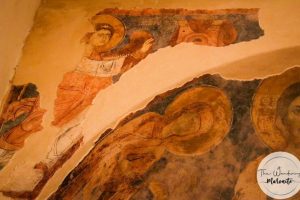

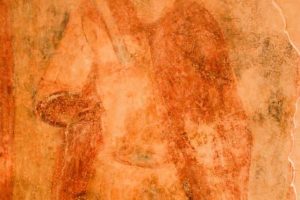











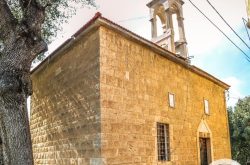

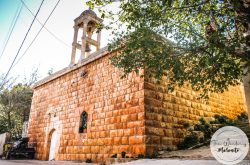
Reviews are disabled, but trackbacks and pingbacks are open.